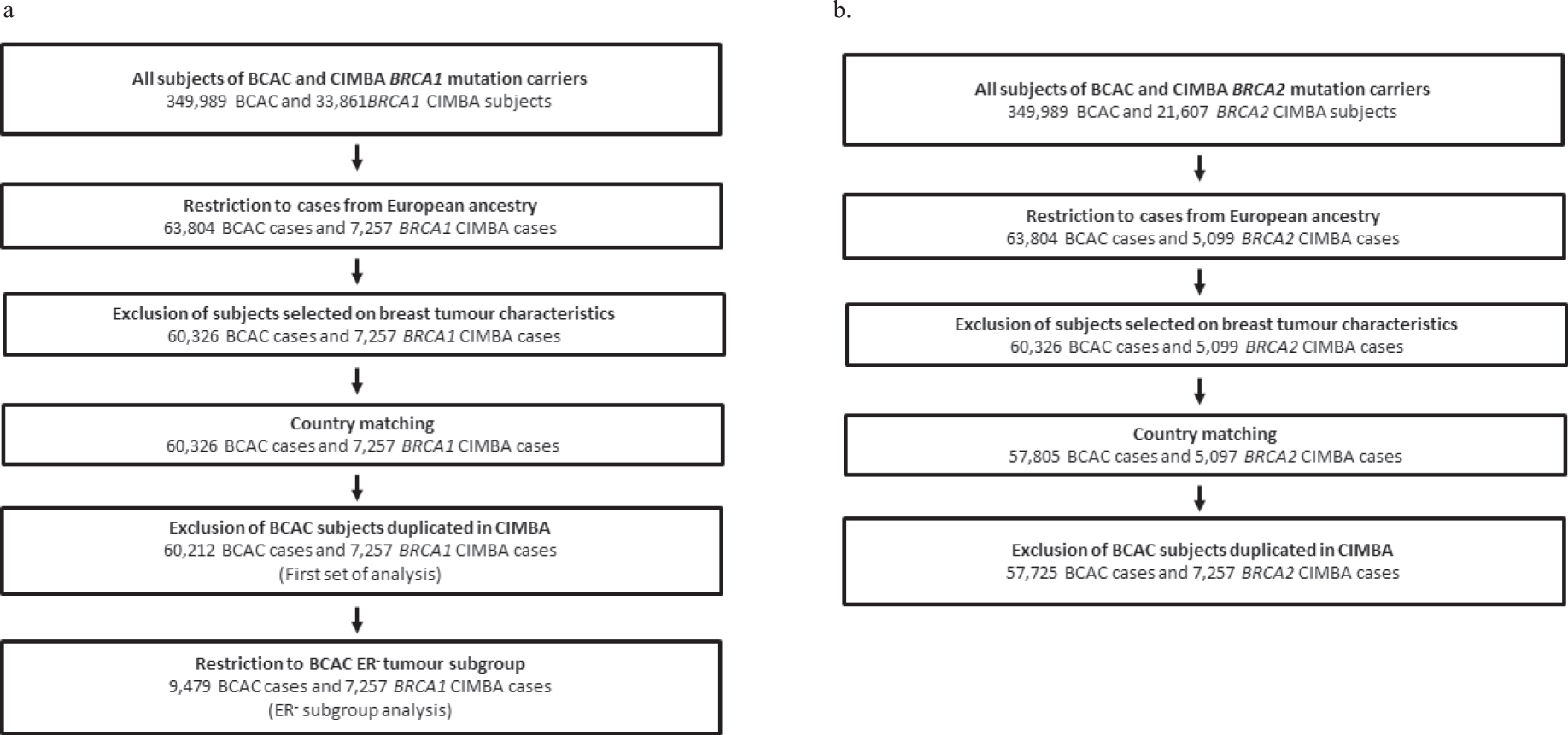

If such a plan is passed as part of tax reform, consumers would find it harder to purchase the type of home and earthquake insurance they need to have peace of mind that, if the worst occurs, they will be able to rebuild. When primary insurers pay less for reinsurance, consumers pay less for the insurance they purchase from primary insurers.Īmong the taxes that Congress is considering are proposals that would limit primary insurers’ ability to deduct the cost of cross-border reinsurance transactions. This also allows them to offer their products for less than they otherwise might. The reinsurance market helps insurers around the globe to spread their risk in ways that minimize the chances that they will be forced pay out on multiple disasters at the same time. Primary insurers, the ones that sell earthquake policies to consumers and battle for market share during prime time with ads that range from heartfelt to goofy, buy reinsurance to make sure they have the capital necessary to pay all of their claims in the event of a major disaster.

Reinsurance is commonly thought of insurance for insurance companies. As Congress looks to take on comprehensive tax reform, there’s a real fear that the cost of property insurance in places like New Madrid could be driven up by new taxes levied on international reinsurance transactions. That problem bears attention, but before things can get better, it’s necessary to ensure that they do not get worse. Yet as the cost of policies has gone up, the takeup rate for the coverage has gone down throughout the region. In Missouri-home to the town of New Madrid, for which the zone is named-home buyers long have been required by mortgage lenders to buy earthquake insurance. The number of people living atop the New Madrid Seismic Zone now runs into the millions, yet the risk of a significant earthquake is no less than it was at the dawn of the 19 th century. Contemporary descriptions of the event tell of the Mississippi River running backward for several hours and fissures in the ground opening up as long as 5 miles. Over that period, the then-sparsely populated region was struck by seven quakes of between 6.0 and 7.5 magnitude, along with more than 200 aftershocks of between magnitude 4.0 and 6.0. The last truly massive event to strike the New Madrid zone occurred between December 1811 and February 1812. While the system of faults is familiar to those who live on and around it, it is relatively unknown to people elsewhere in the country. heartland, but its earthquake risk is primarily concentrated in three states: Arkansas, Missouri and Tennessee. The New Madrid Seismic Zone spans an eight state-region in the U.S. Yet according to new research by the R Street Institute, if Congress moves forward with a collection of tax proposals designed to target cross-border insurance transactions, Americans living in the dangerous New Madrid Seismic Zone will be forced to pay $740 million in higher premiums over the next 10 years for the exact same coverage they buy today. To manage that risk, insurance can help businesses and residential property owners alike recover in the wake of sudden and substantial ground movement. Earthquakes, like hurricanes, are costly catastrophes that cast a shadow of potential destruction over the regions they afflict. Yet, the nation’s exposure to catastrophic risk is not limited to wind and waves. Between Hurricanes Harvey and Irma, natural catastrophes are top of mind for many Americans.


 0 kommentar(er)
0 kommentar(er)
